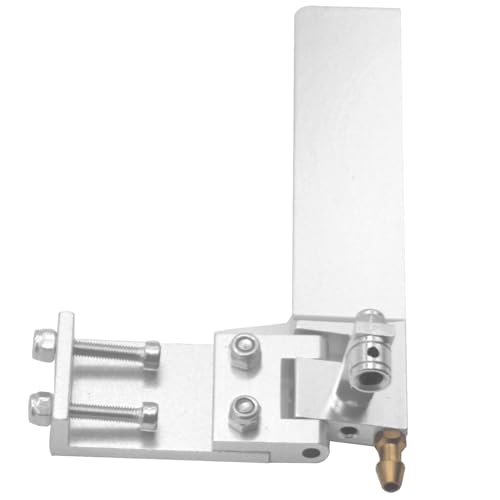See, this is the heart of the issue. Having never seen it people think that the proposed solution is a good one. In fact, ..<snip>
One question Bill, have you joined IMPBA yet?

-Radio power (Pull Off) switches on the outside of the hull.- Rules for the driver of the dead boat (radio)
- Rules for the operator of the retrieval boat.
-ETC
-A radio pull switch does nothing for a wet RX or wet/shorted/failed ESC
-Rules for drivers of the dead boat? We can't even get some of you to follow the rules for live boats!!
-Rules for the operator of the retrieval boat? Geez, we're lucky they even do that job, not touching this one.
-ETC? There is no ETC.
So all this as opposed to one little piece of heavy gauge wire loop with two nice gold plated connector pins on them? I was kinda on the fence about this but after reading some of the "solutions" getting offered up it's getting absurd especially when it's something like trying to pin responsibility elsewhere. So thanks to Bill and Larry my side of the fence choice just got a little easier.












































